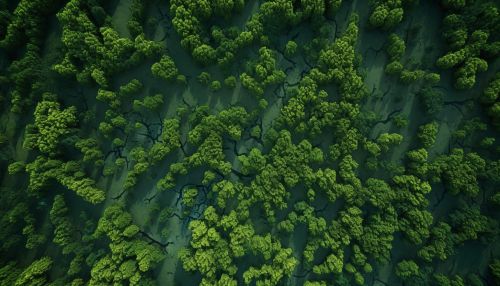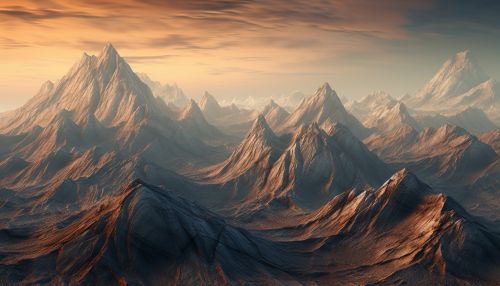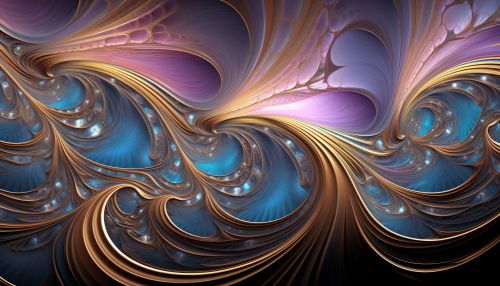The Mathematics of Fractal Geometry in Nature
Introduction
Fractal geometry, a branch of mathematics, is a unique and complex form of graphical representation of mathematical functions or set of numbers generated by a mathematical function. The concept of fractal geometry is not a new one, but it has gained significant attention in recent years due to its application in explaining complex natural and physical phenomena. The term 'fractal' was coined by Benoit Mandelbrot in 1975, derived from the Latin word 'fractus', meaning 'broken' or 'fractured'.


Fractal Geometry
Fractal geometry is fundamentally different from the traditional Euclidean geometry. While Euclidean geometry describes regular shapes and spaces such as circles, squares, and triangles, fractal geometry is used to describe irregular and fragmented shapes found in nature. Fractals are complex shapes that can be split into parts, each of which is a reduced-scale copy of the whole, a property called self-similarity.
A key characteristic of fractals is their infinite complexity. No matter how much you zoom into a fractal, you will always find the same level of detail. This property is known as scale invariance or self-similarity. Fractals also have a non-integer fractal dimension. This is a statistical quantity that gives an indication of how a fractal scales differently than the space it is embedded in.
Fractals in Nature
Fractal geometry has been found to be a powerful tool for describing and analyzing the complex shapes and patterns found in nature. Natural phenomena such as clouds, mountains, forests, and galaxies exhibit fractal properties. Even on a smaller scale, fractal patterns can be observed in the branching of trees, the structure of snowflakes, and the shape of coastlines.


Trees and Leaves
The branching patterns of trees and plants are classic examples of fractals in nature. Each branch is a smaller copy of the whole tree, and this pattern continues down to the smallest twigs. Similarly, the veins in a leaf also exhibit a fractal pattern, with each vein being a smaller copy of the whole leaf.
Coastlines
Coastlines are another example of natural fractals. The length of a coastline can vary greatly depending on the scale at which it is measured. This is known as the coastline paradox. The smaller the measuring unit, the longer the coastline appears because it is possible to capture more of the intricate details and irregularities.
Clouds and Mountains
Clouds and mountains also exhibit fractal properties. Clouds are not smooth, but have a rough, irregular structure that is self-similar across different scales. The same is true for mountains, with their jagged peaks and valleys forming a fractal pattern.


Mathematical Representation of Fractals
Fractals can be mathematically represented and generated using iterative methods and recursion. The most famous example of this is the Mandelbrot set, named after the mathematician Benoit Mandelbrot. The Mandelbrot set is a set of complex numbers that remains bounded when iterated under a certain function.
Other mathematical fractals include the Julia set, the Cantor set, and the Sierpinski triangle. These fractals are generated by repeating a simple process over and over in an ongoing feedback loop.
Applications of Fractal Geometry
Fractal geometry has a wide range of applications in various fields. In physics, it is used to model irregular patterns and structures in nature, such as the distribution of galaxies in the universe. In computer graphics, fractal algorithms are used to create complex shapes and textures. In medicine, fractal analysis is used to detect abnormal patterns in medical images.


Conclusion
Fractal geometry provides a mathematical framework for understanding the complex patterns and structures found in nature. Its concepts and techniques have found applications in a wide range of fields, from physics to computer graphics to medicine. Despite its complexity, fractal geometry offers a powerful tool for describing the world around us.
